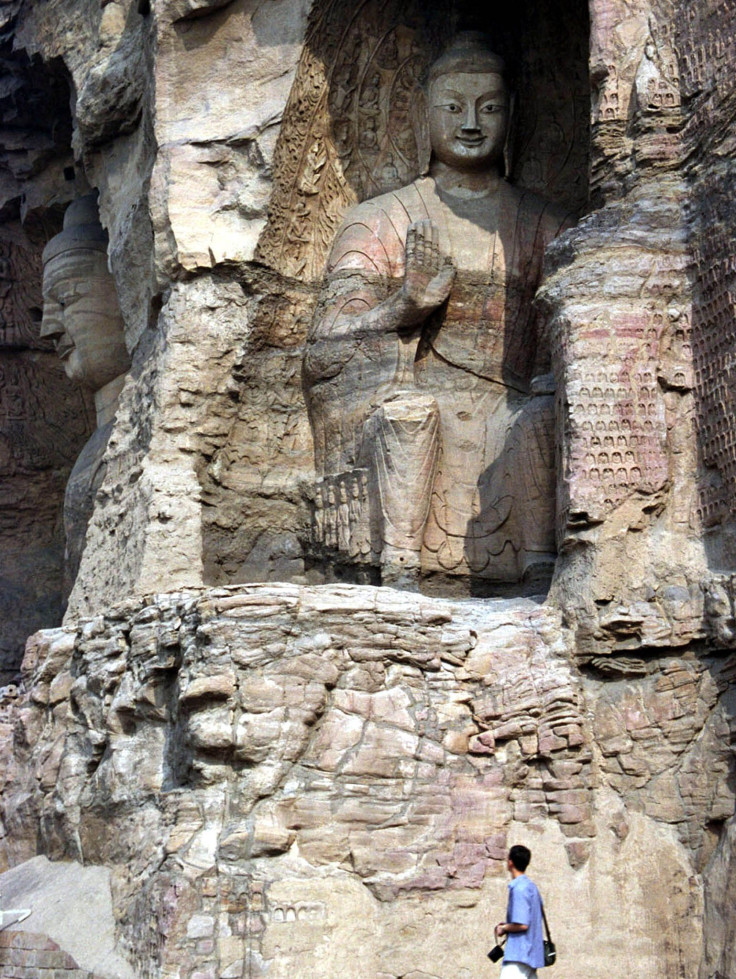China's Building Boom Sees Ancient Capitals In Heavy Debts To Rebuild Historical Landmarks

Five thousand years of history have scattered a number of ancient capitals in China, many of which are now popular tourist destinations. Just like the skyscrapers and luxurious ghost towns that have sprung up all over the country, historical landmarks everywhere are now being renovated in a bid to attract visitors.
Unfortunately, just like the cities that took on ambitious skyscrapers, the modern day descendants of these ancient cities often found themselves in the red for such renovation projects.
Taking into account invaders like the Mongolians, China’s history saw more than 20 unified dynasties and warring periods that divided the country. That leaves as many as nine established ancient capitals that have managed to hold onto enough ancient structures to call themselves historic tourism destinations, the Economist reported recently. Many of these cities are shelling out billions of yuan to maintain their history in the hopes of attracting more tourists.
Xi’an, of the terra cotta warrior fame, is investing about 12 billion yuan ($1.76 billion) to rebuild its ancient walls, first constructed by Qin Shi Huang, China’s first emperor, and conserved and rebuilt by successive dynasties. The city is also adding four museums that feature characteristics from four different dynasties that had been based in Xi’an.
Another imperial capital, Kaifeng, plans to spend 100 billion yuan to repair a 14 kilometer (8.70 mile) rampart and other relics from the Northern Song dynasty (960-1127 AD).
Not all the lavish expenditures have met with approval. Datong, a third-tier city known today as a major coal center, was once the capital of the Northern Wei dynasty. Since 2008, the city in Shanxi province has spent tens of billions of dollars renovating its ancient walls and temples, and moved modern buildings and demolished homes in the old city area to better evoke its past glory. The city aims to attract 3 million visitors annually, which will hopefully generate more than 300 million yuan into the city each year.
The five-year building spree has left the city tens of millions of yuan in the red and the nearly completed project has come to a screeching halt as the city scrambles to find funding. The newly rebuilt old city wall is flanked by a moat full of rubble and loose dirt, and halted cranes and abandoned earth-movers dot the landscape as most operations have been suspended.
Even though Datong is not unpopular in China, the rebuilt old city is often left a ghost town, with very few tourists, just like newly constructed, luxury satellite cities that have struggled to find inhabitants. Unsurprisingly, while the new old city offers no fewer than 300 shop spaces, only two dozen now operate, the Economist reported.
© Copyright IBTimes 2024. All rights reserved.




















